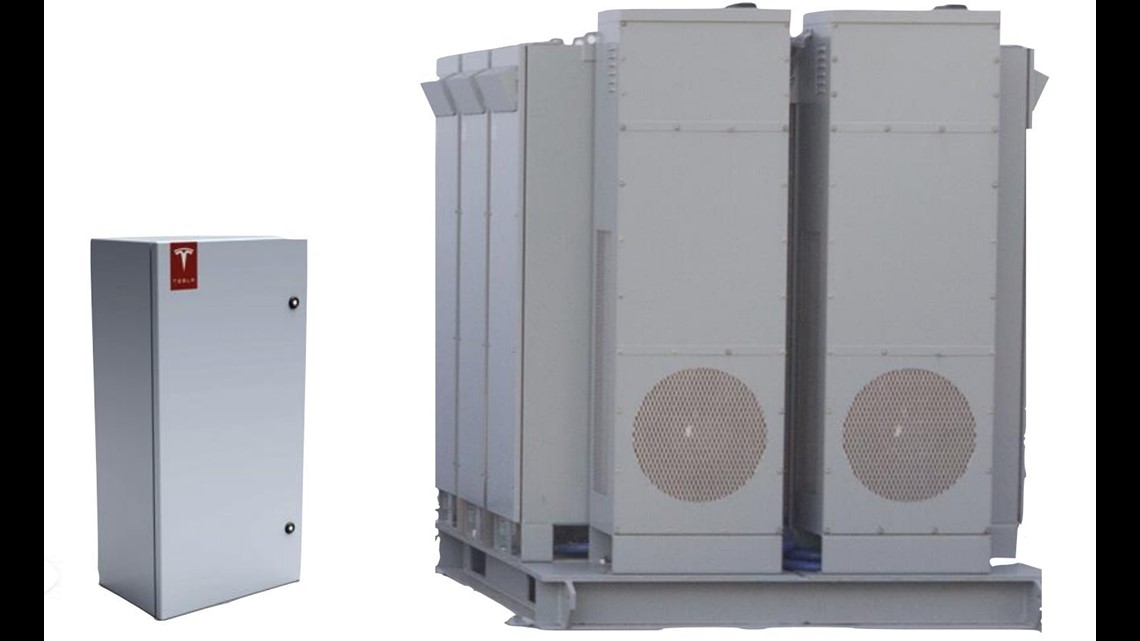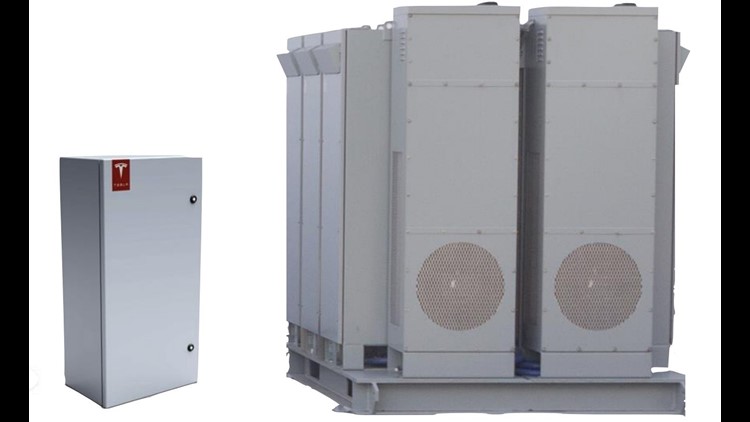

NEW YORK — When will a Tesla home battery pay for itself?
The answer depends on where you live — and how you use it.
If you live in the South and already own solar panels, it could take you just under three years to make up the cost of the $3,000 Tesla Powerwall battery.
But if you live in the Pacific Northwest and don’t have solar panels, it could take you at least 16 years to make up the cost of buying Tesla’s new home battery.
There are a lot of variables and some tricky math involved to figure out whether the Tesla Powerwall battery makes sense for you. For example, your power utility company might offer a subsidy. Then again, those savings might disappear when you hire an electrician to install it.
The biggest variable is how you plan on using it. You can hook it up to solar panels, then recharge it using free energy from the sun.
Or — if your power company charges more for electricity during peak hours — you can charge up the battery during cheaper hours, then go all-battery when electricity costs are higher.
To keep it simple, let’s tackle one at a time.
Playing the “peak rate” game
In some places, power companies charge less for “off peak” electricity use. The smart battery owner would stock up on energy and only pay lower fees.
This one’s hard to calculate. It depends entirely on the difference in fees.
One example is conEdison in New York. It charges 7¢ per kilowatt-hours for “peak hours” in the morning and afternoon. Night time is only 1¢.
The average New Yorker would save maybe $40.38 a month — and pay off the battery in about six years.
Then again, consider Pacific Power, which serves parts of California, Oregon and Washington State. “Off peak” hours are only 2¢ cheaper there.
At best, the average person in that region would save maybe $15.50 a month — and pay off the battery in 16 years. Problem is, the Powerwall only has a 10-year life.
Using solar panels
Right now, solar panels are used to lower electricity bills. They feed back into the power grid, so a utility company pays you for that. But the Tesla battery lets you store the energy at home — and potentially go completely off the grid.
The average U.S. household uses 943 kilowatt-hours of electricity in a month and pays 12¢ per kWh, according to the U.S. Energy Information Administration. The average bill? $115.89. With average sunlight, 3kW solar panels cut that bill in half.
It would take the average American a little over four years to pay off the Powerwall — if they rely solely on solar panels.
People in the hot, humid South use 29% more electricity than the average American, so the savings could pay off the battery in just under three years. People in the Northeast tend to use less electricity, so the battery could theoretically pay for itself in five-and-a-half years there.
The best deals go to people in sunny states where electricity is wickedly expensive: California and Hawaii.
Realistically, though, clouds ruin everything. And according to Tesla, the $3,000 version of the Powerwall can only hold onto 7 kWh of energy at a time. It’s not enough. The average American home uses 31 kWh each day. A single battery probably won’t last all night.
So, it’ll be difficult to totally unplug from the grid.
Plus, you’d need to buy expensive solar panels too. A medium-sized set of 3kW panels goes for $15,000 or so.



